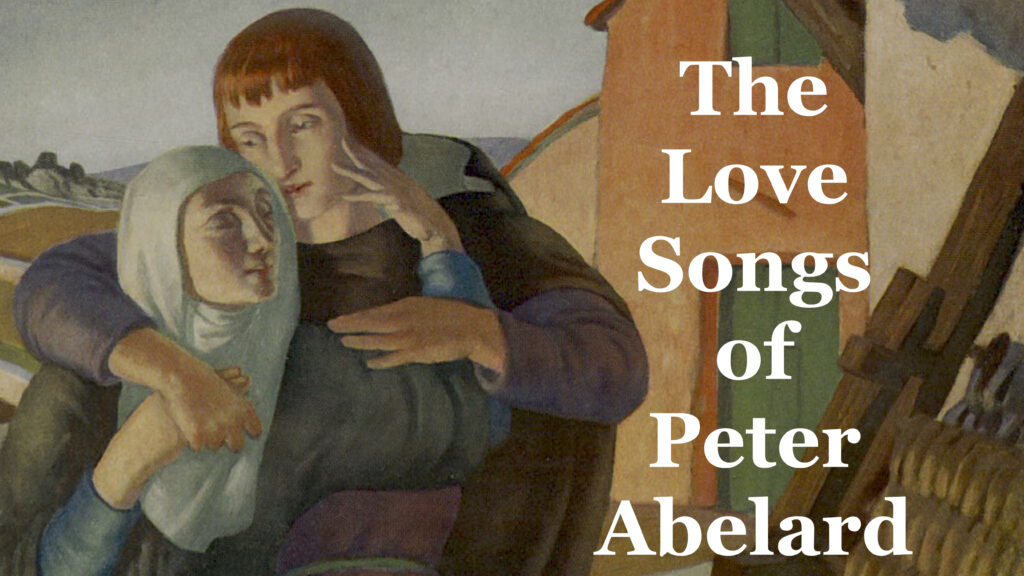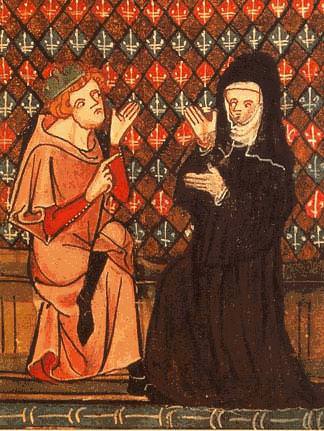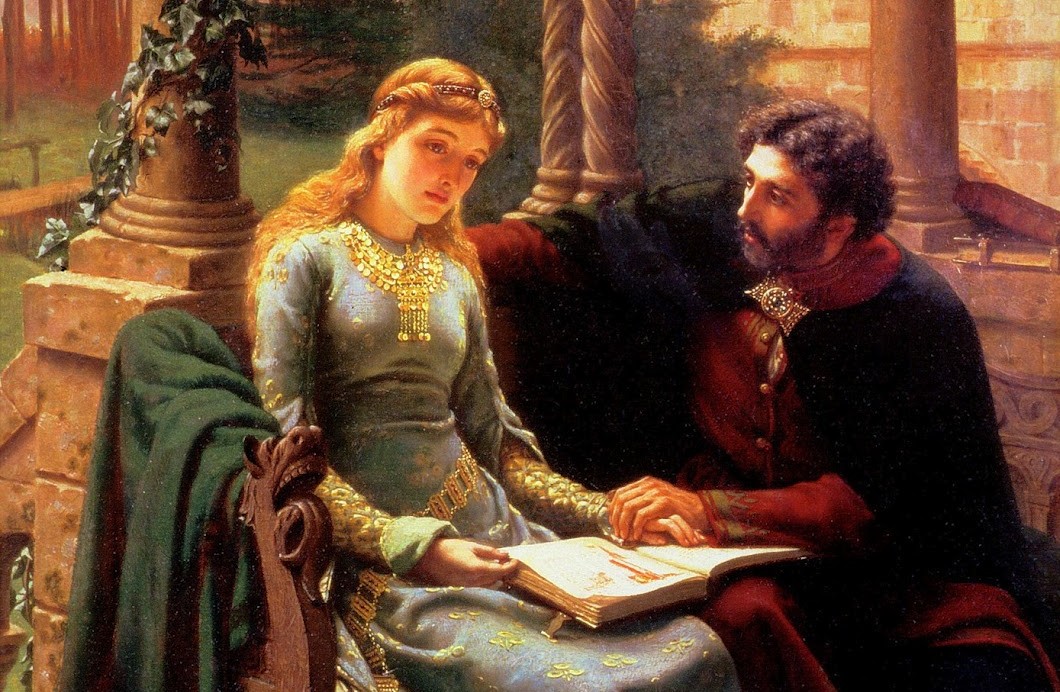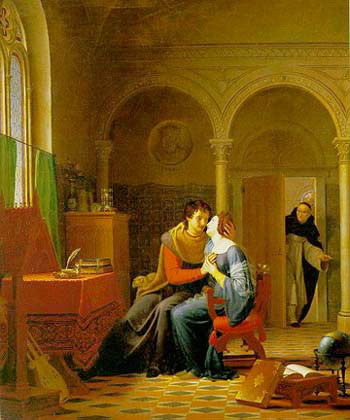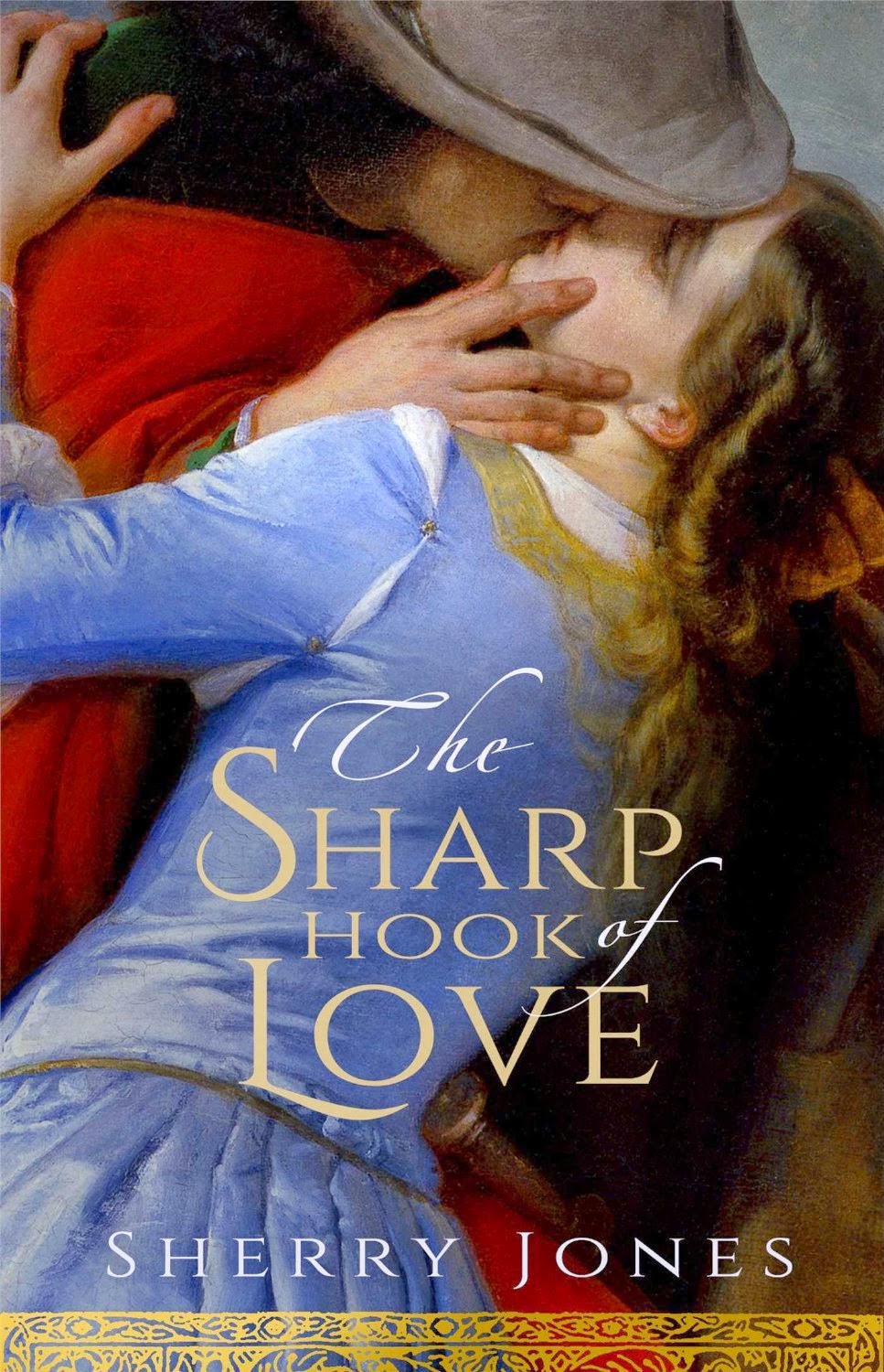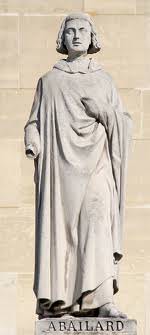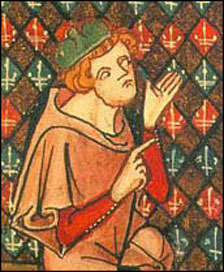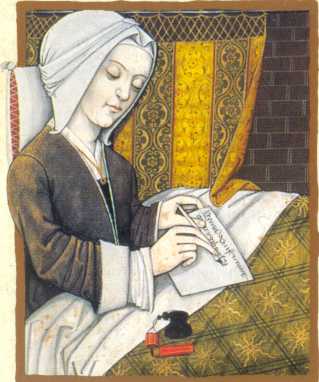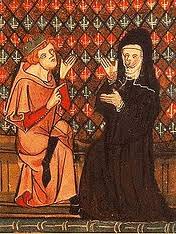Romance and Music in the Middle Ages: The Love Songs of Peter Abelard
Peter Abelard and Heloise’s love story is one of the most famous romances of the Middle Ages, but beyond their passionate letters, Abelard also expressed his devotion through music.
The Fame of Abelard
Abelard pushed the boundaries of group culture by establishing himself as a medieval celebrity, famous to a wider circle of people in medieval France. Fame in the Middle Ages was normally limited to the divine, the holy, and great rulers. But, with the arrival and adventures of Abelard, it came to include a new kind of scholar-celebrity from the minor nobility.
Historical Lives in Fiction, Characters in Fiction: Are they the same people?
There is a strong relationship between history and fiction. The characters created by writers, either in historical novels and literary fiction, reflect that relationship. Many of the characteristics of fictional characters can also be ascribed to characters depicted in historical fiction and biographical writing.
Feminine Love in the Twelfth Century – A Case Study: The Mulier in the Lost Love Letters and the Work of Female Mystics
This article compares the twelfth-century writings of the secular mulier in the Lost Love Letters with the work of religious female ‘mystics’ to draw comparisons about the way these authors chose to express love.
Interview with Sherry Jones – The Sharp Hook of Love
I try to tell whatever story I’m telling with struck adherence to the known facts and as faithfully to the era — its culture, mores, values, etc. — as I can be without having been there. However, I also recognize that history is its own form of fiction
Abelard and Heloise’s Love Story from the Perspective of their Son Astrolabe: Luise Rinser’s Novel Abelard’s Love
Abelard and Heloise’s Love Story from the Perspective of their Son Astrolabe: Luise Rinser’s Novel Abelard’s Love By Albrecht Classen Rocky Mountain Review,…
The Original Medieval Lovers: Books on Abelard and Heloise
A list of books by and about Abelard and Heloise, the most famous couple of the Middle Ages.
The Metaphysics of Peter Abelard
I’ll begin with Abelard’s antirealism about universals, since it is the key to his irrealism. It provides the foundation for his conviction that only individuals exist, a thesis that calls for further analysis of the nature of individuals
The Birth of Heloise: New Light on an Old Mystery
So where did she come from, this extraordinary woman and what was the composition of genes that went into her inheritance?
Abelard’s Legacy: Why Theology is not Faith Seeking Understanding
In this paper I will challenge the common definition of the theological task as faith seeking understanding, where the faith of a tradition commandeers the critical enquiry of the theologian.
Is truth more interesting than fiction? The conflict between veracity and dramatic impact in historical fiction
I do not wish to enlist, on either side, in the battle between historians and novelists. What I would like is to suggest a foray which may at first glance seem a minor skirmish, but which may significantly affect the way in which a writer portrays people who once lived, particularly famous people.
The Passion of Peter Abelard
In the philosophical part of the project we chose not to use Abelardís work Dialogue of the Philosopher with a Jew and a Christian, which explains his views on different religions. Since we decided to use the Letters of Direction in order to get an overview about Abelardís view on Christianity, there appeared to be little need for the aforementioned book.
Negotiations and love songs : Heloise and the question of religious authenticity
This thesis argues, however, that the letters by Abelard and Heloise, together with their liturgical works for the Oratory of the Paraclete, constitute an ongoing negotiation for the redefinition of authenticity within the religious life.
The Personal Letters of Heloise and Abelard – Manifestations of Cultural Influences on Patterns of Love, Desire and Gender Inequality
I shall attempt to analyze the love shared by Heloise and Abelard. They desired each other, yet in their own ways they attempted to manipulate each other, during and after their time together.
A study in early medieval mereology: Boethius, Abelard, and pseudo-Joscelin
The twelfth-century philosopher Peter Abelard makes the bold claim that no thing
can ever gain or lose a part. This has the remarkable consequence that should, for example, the broom that is in my closet lose a hair, that very broom would no longer exist. This remarkable consequence has prompted many commentators, both medieval and contemporary, to suggest that Abelard has made a serious mistake
The debate on the Epistolae duorum amantium. Current status
The methodological questions at stake are much more important and interesting. To quote the initial words of P. von Moos’ monumental article, these documents represent a real challenge for medievalism.
Heloise’s literary self-fashioning and the Epistolae duorum amantium
Heloise’s literary self-fashioning and the Epistolae duorum amantium By Sylvain Piron Strategies of Remembrance: From Pindar to Hölderlin, edited by Lucie Doležalová (Cambridge…
Authority, Authenticity and the Repression of Heloise
Authority, Authenticity and the Repression of Heloise By Barbara Newman From Virile Woman to Woman Christ: Studies in Medieval Religion and Literature, edited…
Sex, Heresy and Academic Rivalry in Abelard’s Historia calamitatum
Historia calamitatum is closer to autobiography than to any other genre, despite its being structured as a letter. T
Abelard the Scholar
Abelard the Scholar By Helen Steele Published Online Introduction: The twelfth century was a time of great intellectual ferment: at the forefront of…
Medieval Supposition Theory in Its Theological Context
Medieval Supposition Theory in Its Theological Context Brown, Stephen F. Medieval Philosophy and Theology, vol. 3 (1993) Abstract In his Historia calamitatum Abelard…
